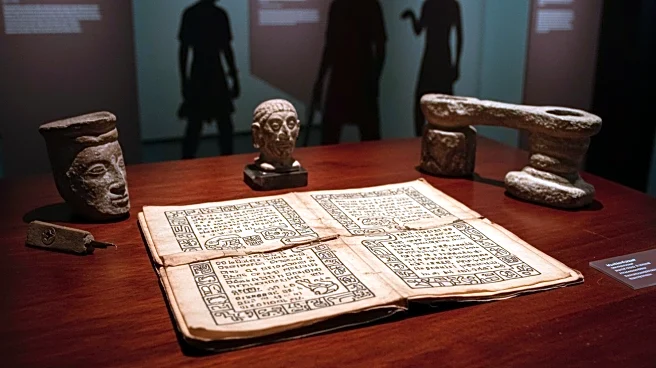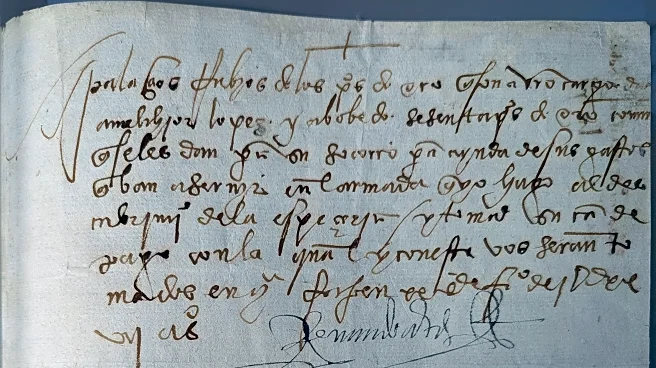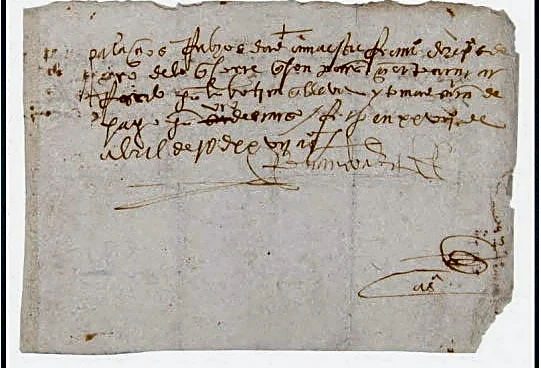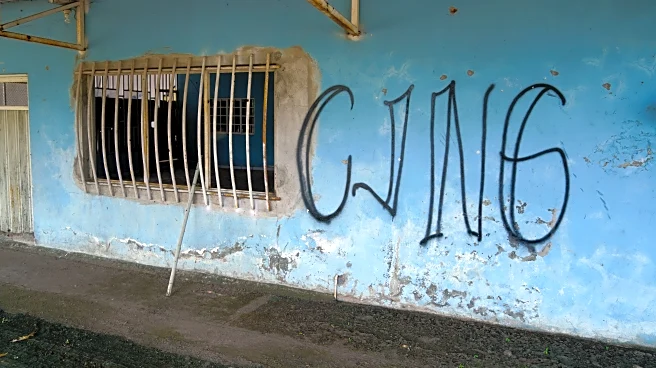What's Happening?
The FBI has returned a stolen manuscript page signed by Spanish conquistador Hernán Cortés to Mexico. The document, dated February 20, 1527, was discovered missing from Mexico's national archives during a microfilming project in 1993. The FBI's Art Crime Team, along with the New York City Police Department, U.S. Department of Justice, and Mexico's government, collaborated to locate the document in the United States. The manuscript is considered a protected cultural property, representing significant historical moments in Mexico's history. This marks the second Cortés document returned by the FBI, following a 16th-century letter in 2023.
Why It's Important?
The return of the Hernán Cortés manuscript is a significant event for cultural preservation and historical scholarship. It underscores the importance of international cooperation in recovering stolen cultural artifacts. For Mexico, the manuscript is a valuable piece of its national heritage, offering insights into the era of the Aztec empire's conquest. The FBI's involvement highlights the agency's role in protecting cultural property and combating art crime. This event may encourage further efforts to recover other stolen artifacts, benefiting historical research and cultural understanding.
What's Next?
The successful recovery of the Cortés manuscript may lead to increased vigilance and security measures in archives and museums worldwide. Mexico may continue to work with international agencies to locate and recover other missing cultural artifacts. The collaboration between the FBI and Mexican authorities could serve as a model for future international efforts in art crime investigations. Additionally, the return of such documents may inspire educational initiatives to promote awareness of cultural heritage preservation.
Beyond the Headlines
The return of the manuscript highlights ethical considerations in the art and antiquities market, where stolen items can circulate for years. It raises questions about the responsibilities of collectors and institutions in verifying the provenance of historical documents. The event also reflects broader cultural dynamics, emphasizing the importance of preserving history for future generations. As more artifacts are recovered, there may be a shift towards greater transparency and accountability in the handling of cultural properties.














